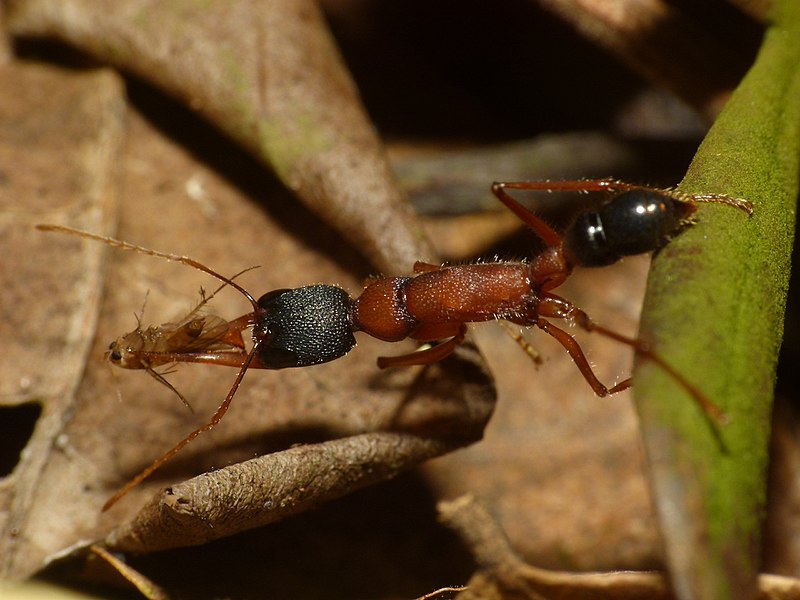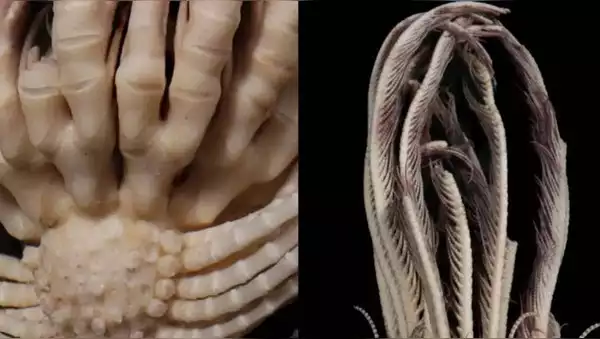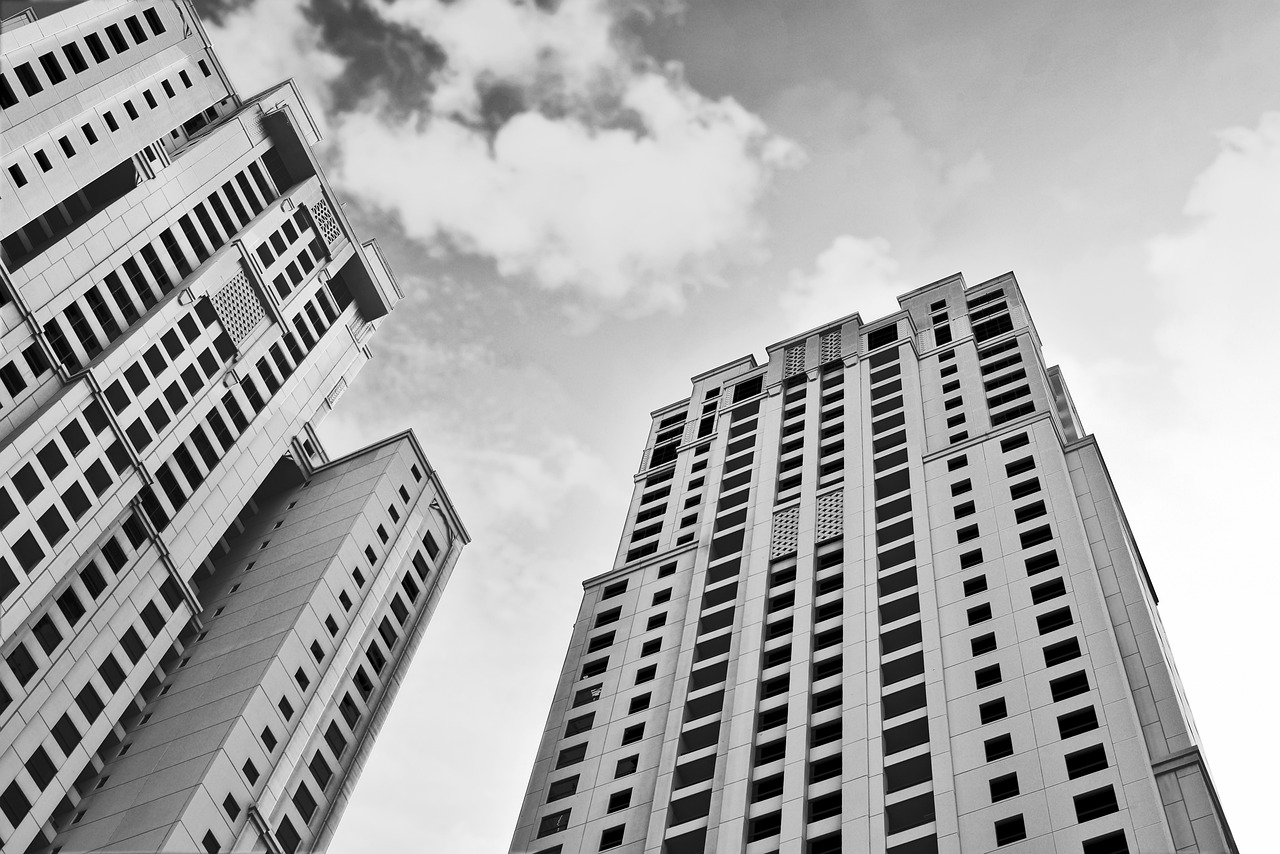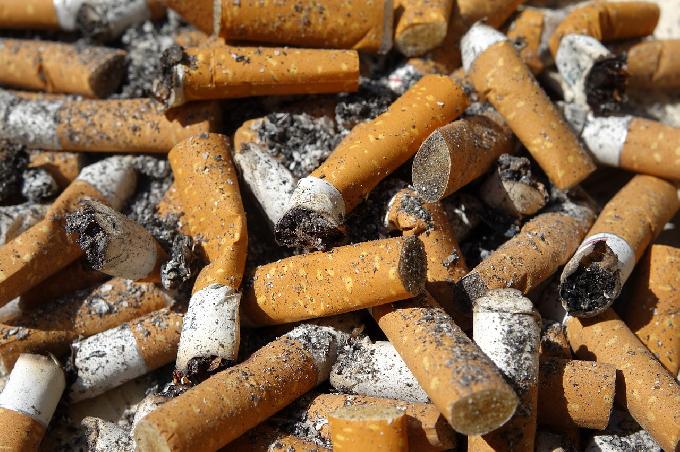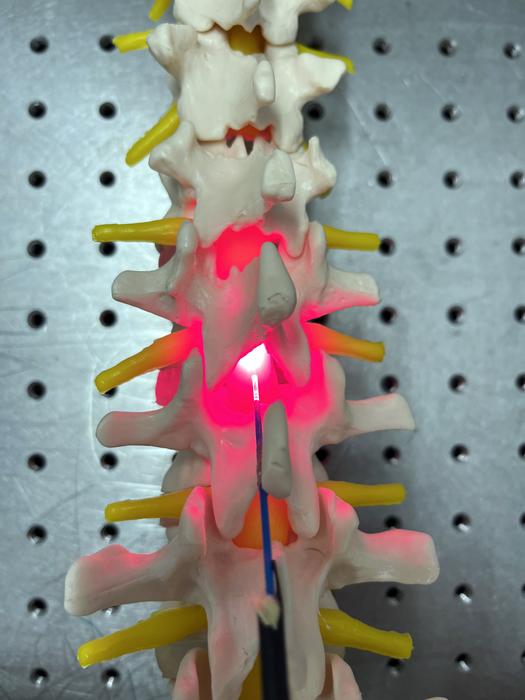Improving Life in Curitiba Through Thoughtful Planning
Some cities in the world today are considered “problems,” but cities that have been planned well are considered solutions.
Take the city of Curitiba, capital of Parana State in South East Brazil. It started on the path to sustainable development nearly 40 years ago, much to the delight of today’s 2 million inhabitants. Along the way, politicians decided to place a greater emphasis on pedestrian walkways and comfortable and efficient public transport rather than the use of individual automobiles, gridlock and pollution.
Planners think from the perspective of a car owner: would they prefer to leave their houses, cross a beautiful green way and enter a clean and air-conditioned subway train or get in their cars for a trip across town? For Curitiba, “the proof of the pudding is in the eating” and residents have gotten used to using a clean and efficient public transportation system.
Urban Biodiversity: A New Model of Urban Design
The city has a 465 bus, “Bus Rapid Transit” BRT system, that traverses the city and provides transport to over 2 million people a day. Architects have created specially designed waiting areas in the form of elevated tubes that position riders at the same level as the bus for easy entrance. Buses lower platforms to the walkway to allow passengers a safe and easy entrance and exit. The BRT has exclusive lanes so buses run efficiently and are always on time with a maximum of two minute waits on most routes.
The BRT is connected to other bus lines that run around the city, providing a second network spreading out like a web. The network has worked very well for 25 years but is now growing old and with the growing population is nearing its capacity. But before expanding capacity, the city is making the system run more efficiently by introducing local and express buses to improve the speed of movement for all passengers, regardless of their final destination.
Recently, the city decided to construct a subway line to reduce congestion on a specific BRT line running north to south, currently carrying 400,000 passengers a day. The surface route will be replaced with landscaped gardens, bike lanes and pedestrian routes.
Ecological Corridors
The city has been developing a 24 (40 km) mile green corridor along the banks of the Barigui River that runs through the city, connecting the already existing parks along the riverside and provides a long walking route and bikeway.
Related articles on IndustryTap:
- Mexico City’s New Airport Will Be the Most Sustainable Airport in the World
- Welcome to Masdar City, “One of the Most Sustainable Communities on the Planet”
- Brad Pitt Will ‘Make It Right’ With New Kansas City Green Housing Project
References and related content:
- Brazil and Vision for Urban Planning and Transit | Sustainable Cities Collective
- A Tale of Two Cities: Curitiba | Americas Quarterly
- Curitiba is Latin America’s greenest metropolis – Latin American Green City Index measures sustainability of 17 major cities in eight countries – Siemens Global Website

